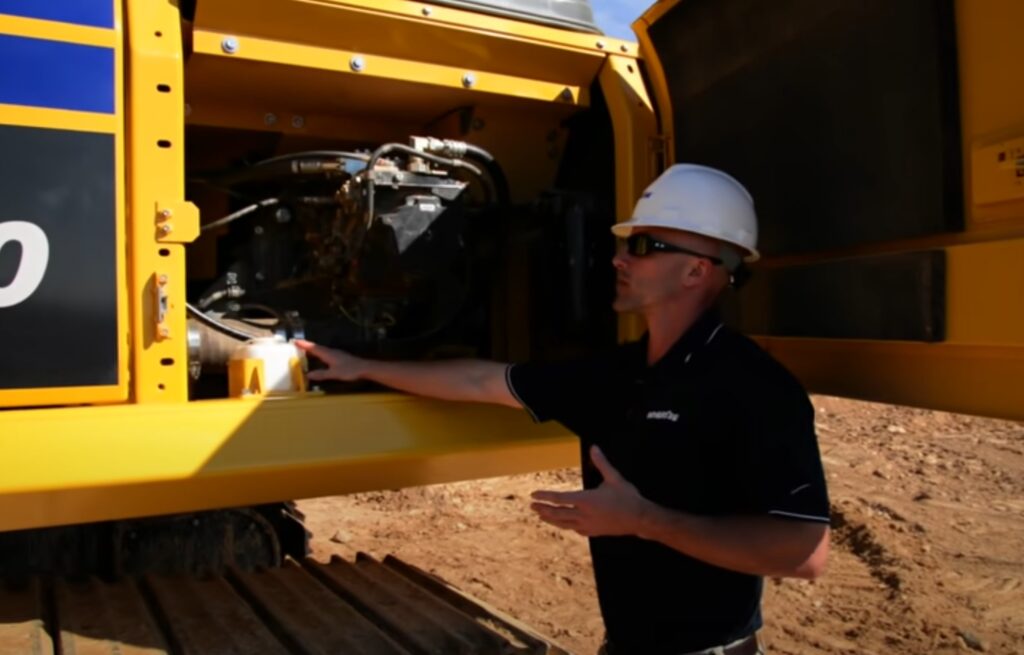Navigating used machinery auctions can be a rewarding venture, offering the potential for significant savings and access to a wide range of equipment. However, success requires more than just showing up and placing bids. Here’s a savvy buyer’s roadmap to preparing for and participating in machinery auctions.
1. Initiate Your Bidding Journey
To start, creating an account with the auction site is a must. This involves providing some basic information, including an address and phone number, to verify your identity and intentions.
2. Investigate Thoroughly
The cornerstone of a successful bid is in-depth research. Although auction platforms strive to present all relevant information transparently, the responsibility to scrutinize lies with you. Pay close attention to the equipment’s condition, documented through photos, service history, and any reported flaws. Engaging with sellers directly for further insights or arranging for an inspection through a trusted third party can offer peace of mind.
3. Financial and Logistics Planning
Ensure your financial arrangements are settled well before you participate. If you’re considering financing, securing pre-approval is essential to streamline your purchase. Additionally, familiarize yourself with the logistics involved, from transportation to storage, to avoid any post-auction surprises. Utilizing available tools for shipping estimates can provide a clearer picture of total costs.
4. Bid With Intent
Entering a bid signifies a commitment to purchase. It’s vital to bid intelligently, guided by the comprehensive research you’ve conducted. Auction platforms typically offer functionalities to enhance your bidding experience, such as extending the auction time if a bid is made in the final moments, ensuring fairness, and giving you a better shot at winning.
5. From Winning to Ownership
Victory at auction brings its own set of tasks. Successful bidders are expected to promptly connect with sellers to finalize the deal. This includes arranging payment and discussing pick-up details to ensure a smooth transfer of ownership.
Mastering Auction Dynamics
The live auction stage is thrilling, enabling participants to actively place bids on items nearing their closing time. The ‘Quick Bid’ feature simplifies the bidding process, allowing for swift action without needing to navigate through confirmation pages. Staying updated with live auction progress is essential; it empowers you to tweak your bidding approach in real time, ensuring you’re always in the loop and ready to make strategic moves.
Beyond the Bid
Winning is just the start. Immediate follow-through with the seller for payment and logistics arrangements is key to securing your purchase. Additionally, leveraging notifications and alerts for auction updates can keep you engaged and informed about new opportunities.
By embracing these strategies, you’re well-equipped to navigate the complexities of used machinery auctions. Diligence, strategic planning, and active engagement are your tools for unlocking auction success. Embark on your auction journey with confidence, ready to make informed decisions and secure valuable equipment for your needs.
For more information, visit https://ca.machinesandbids.com/faq/#buying-a-machine




